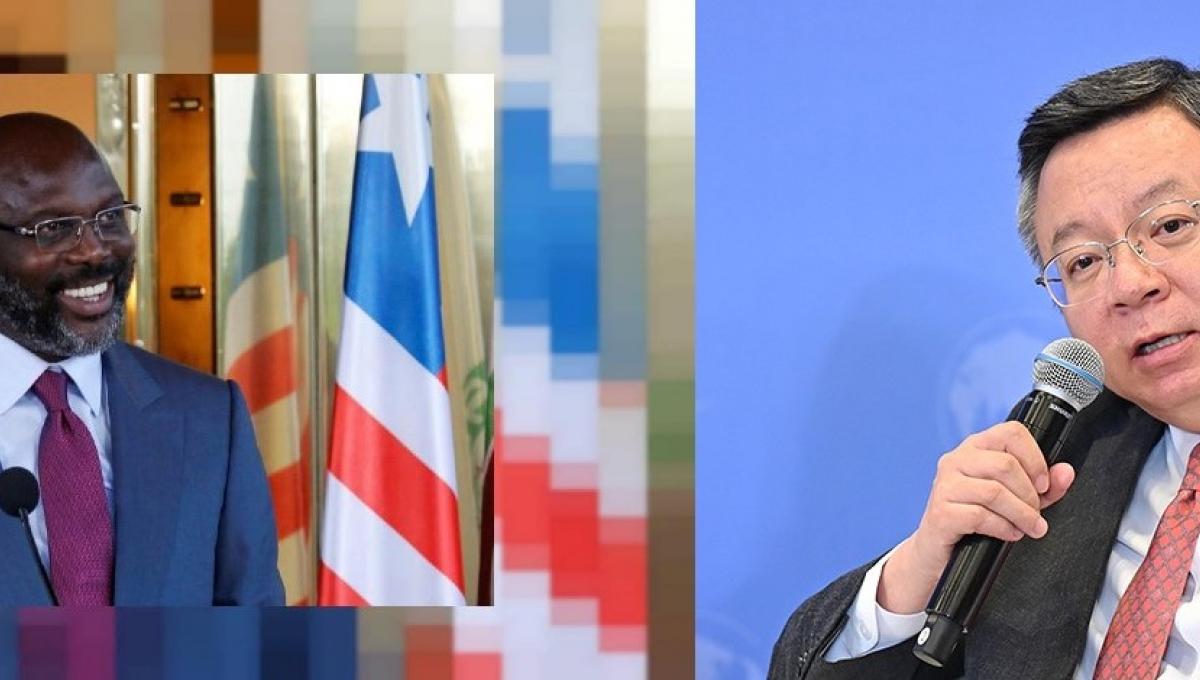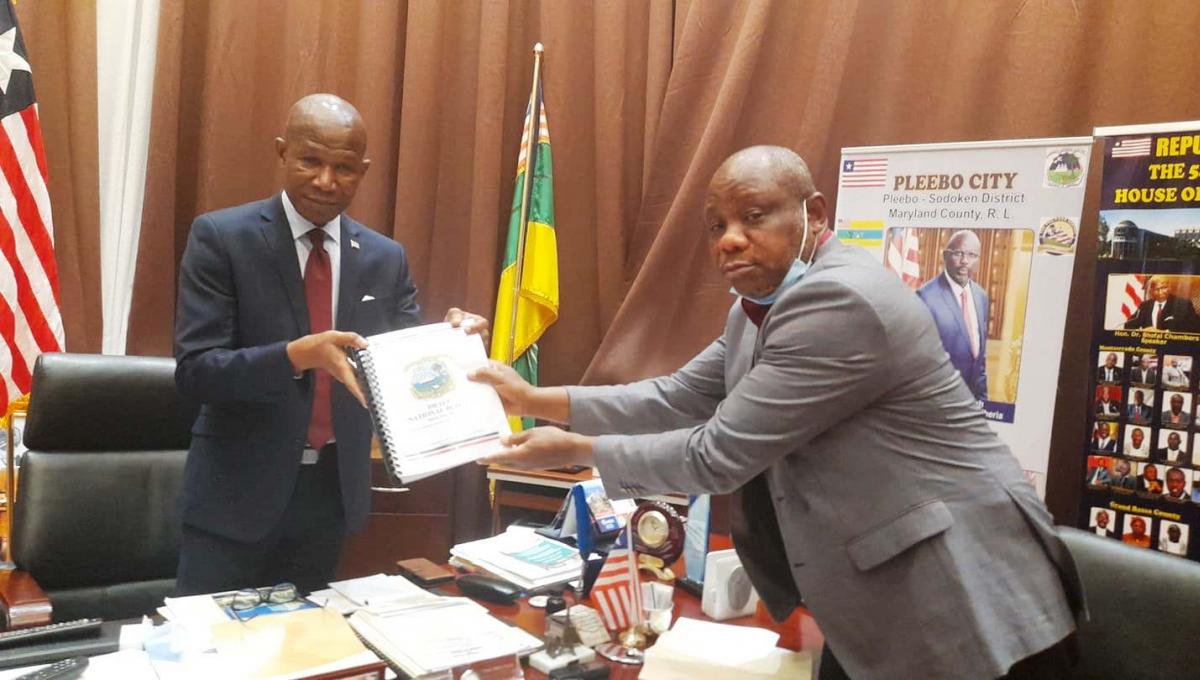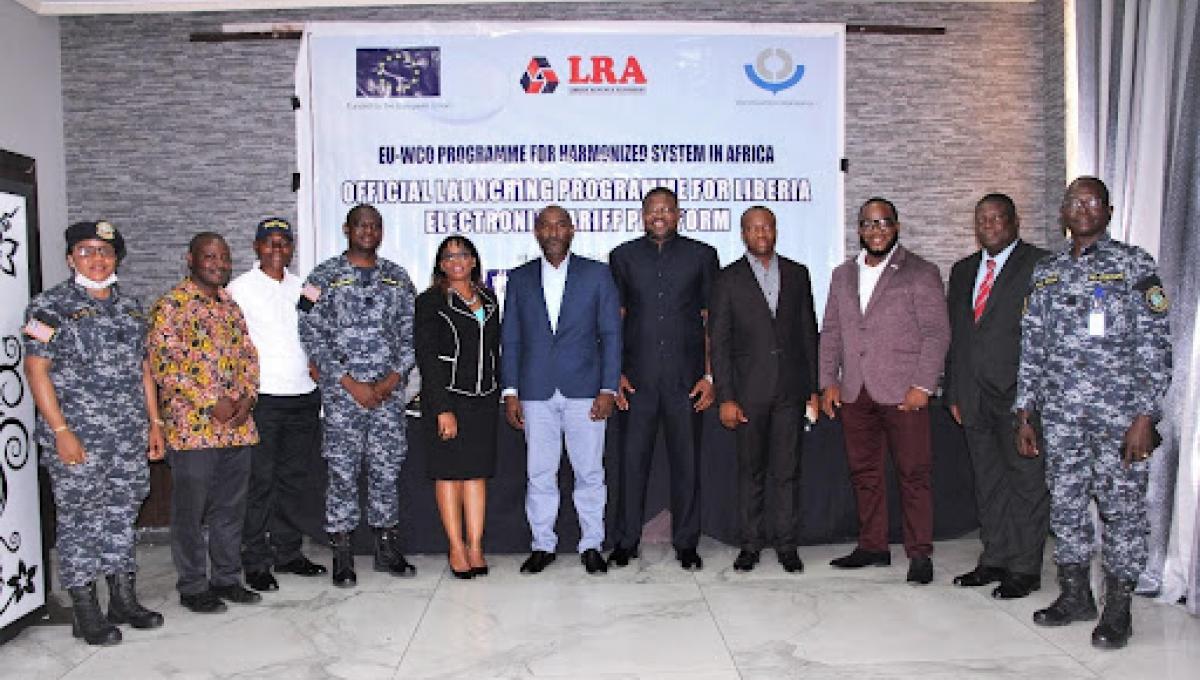Liberia: LRA Not 'Afraid of Budget Deficit'

The Liberia Revenue Authority has warned that the government is not afraid of running a deficit budget in the fiscal year 2022.
The LRA’s Commissioner General, Thomas Doe Nah, disclosed that while they are determined to raise the proposed budget envelope of US$785.5 million, the LRA is not afraid of seeing the fiscal year 2022 budget running into deficit.
“Liberia Revenue Authority is not afraid of budget shortfall or deficit, but is determined to raise the domestic revenue projection of US$640.6 million for the fiscal year,” Commissioner Nah bluntly told members of the House of Representatives at yesterday’s hearing on the budget.
Out of this budget envelope, domestic revenue is projected at US$640,587,340 and US$145,000,000 from external resource projection.
The new projected budget has an increase of a whopping US$200,000 million, compared to the approved fiscal year budget of 2020/2021, which stands at US$570.1 million.
The growth of the budget is in part driven by the government commitment to debt rules which, among other things, limit external borrowing to concessional terms and require reduced domestic borrowing from the Central Bank of Liberia -- forcing the government to increase domestic revenues by expanding the revenue base and minimizing tax losses.
However, the LRA Commissioner General’s remark is a striking reality of the challenge facing the country in achieving a healthy financial sector as the government struggles to create enough fiscal space to finance the country’s massive investment needs in physical infrastructure.
And with economic growth expected of 3.3 percent as expected in 2021 and 4.4 percent during 2022-23 as economic activity picks up, the high levels of uncertainty around the evolution of the COVID-19 and its likely impact on external demand and global and domestic supply chains; and unaddressed vulnerabilities in the financial sector, could undermine the economic recovery or growth.
At the same time, the fiscal year 2022 budget calls for investment in education, agriculture, and health, but the high level of recurrent spending is a problem -- forcing the government to race against time to strengthen domestic revenue mobilization to generate savings for public investment financing.
Revenue breakdown
Meanwhile, Deputy Finance Minister for Fiscal Affairs, Samora Wolokollie, has told lawmakers that the national domestic revenue projection is expected to contribute US$640.2 million of the more than US$785.5 million budget, while external resources will account for US$145 million.
Wolokollie added that the revenue assumptions are supported by macro-economic and tax policy assumptions anchored on real GDP, which is estimated at US$3.2 billion and is expected to reach US$3.3 billion in 2022.
“The statistics speak to the good health of the economy under our stewardship,” Wolokollie said. “For FY 2022, there are no new tax policy measures underpinning this budget. However, we intend to further strengthen those policies that are already in effect. Tax Revenue, which forms the dominant share of government revenue, comprises compulsory transfers to the general government sector.”
The Deputy Finance Minister noted that the non-tax revenue is expected to be derived from the following sources: income on interests in banks; dividends from shares in public holdings such as corporations, banks, or other companies.
“From an economic sector perspective, domestic revenues will be derived from the broad sectors: general trade, US$258.8 million; forestry, which is only logging, US$6.1 million; while the agriculture sector (commercial agriculture, oil palm, and rubber) is expected to bring in US$16.2 million. Mining is US$128.6 million; manufacturing US$35.9 million, mainly from beverages and light industries; US$US$82.3 million will come from the service industry and public Corporations and regulatory authorities – US$40.9 million.”
The Deputy Minister indicated that external resources of the budget will account for US$145 million broken down as follows: “Multilateral assistance in both grants and loans, which will come from the International Bank for Development & Reconstruction or the World Bank, and the International Monetary Fund (IMF).”




